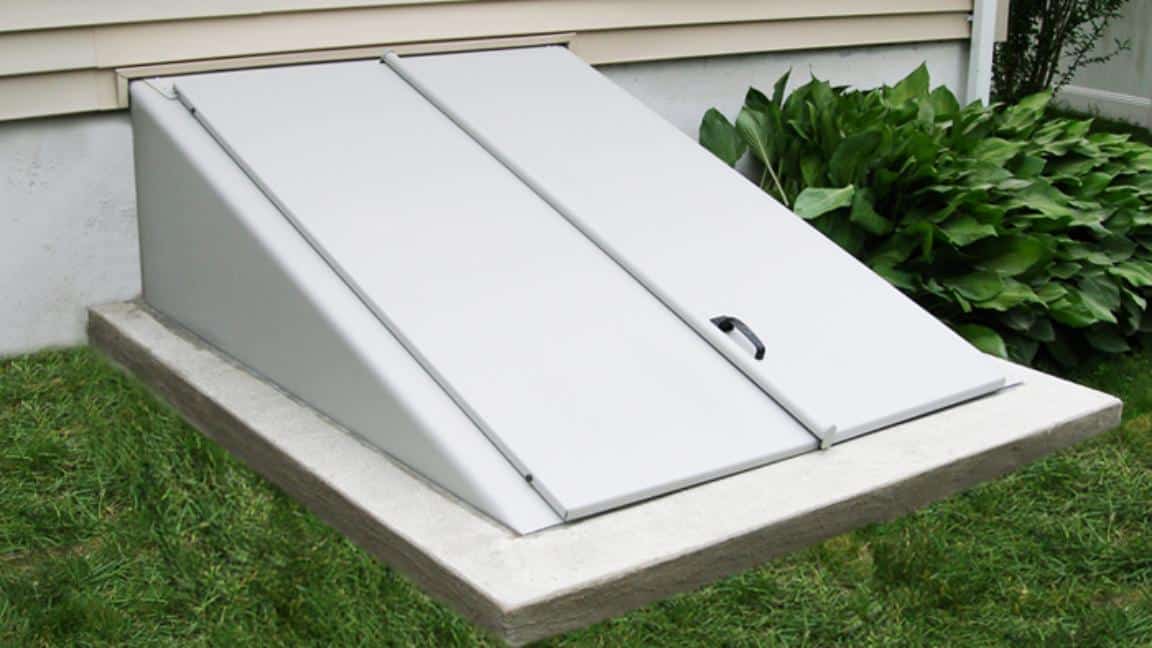Basement Door Insulation A Simple Way to Save Energy and Stay Warm
Are you tired of feeling cold drafts coming from your basement? Or perhaps you’ve noticed your heating bills are higher than you’d like them to be. If so, basement door insulation might be the solution you’ve been searching for. By insulating your basement door, you can keep your home warmer, reduce energy costs, and contribute to a more sustainable environment.
In this blog post, we’ll explore the importance of insulating your basement door, the different types of insulation materials available, and how you can either undertake a DIY project or hire professionals to get the job done. Read on to learn how to make your home both cozier and more energy-efficient.
What are Basement Doors?
Basement doors come in various styles, each with its unique characteristics. The most common types are sliding doors, hinged doors, and bilco doors. Sliding doors offer a sleek look but can often become drafty over time. Hinged doors, typically made of wood or steel, may suffer from gaps and warping. Bilco doors are exterior basement doors, often leading to the outside, and are prone to moisture and temperature fluctuations.
Each type of basement door has its own set of problems that can affect your home’s energy efficiency. Drafts, moisture intrusion, and energy loss are common issues. Uninsulated doors can allow cold air to seep into your home, making your heating system work harder and increasing your energy bills. Identifying the type of door you have and the specific issues it presents is the first step toward effective insulation.
Understanding the different types of basement doors and their associated problems will help you choose the best insulation solution. Whether you have a wooden hinge door that needs sealing or a steel bilco door that requires foam insulation, knowing what you’re dealing with is crucial.
Common Basement Door Problems
Regardless of the type, basement doors often face similar issues such as drafts, moisture, and energy loss. Drafts can make your home uncomfortable and increase your heating costs. Moisture can lead to mold and mildew, compromising your indoor air quality. Energy loss through an uninsulated basement door can also put extra strain on your heating system.
Why Basement Door Insulation Matters
Energy Efficiency Benefits
Insulating your basement door can significantly improve your home’s energy efficiency. By preventing warm air from escaping and cold air from entering, you can maintain a more stable indoor temperature. This means your heating system won’t have to work as hard, leading to lower energy consumption and reduced heating costs.
Reduced Heating Costs
One of the most immediate benefits you’ll notice after insulating your basement door is a reduction in your heating bills. Insulation helps to keep the heat inside your home, meaning your heating system can operate more efficiently. Over time, this can lead to substantial savings, making the initial investment in insulation well worth it.
Improved Home Comfort
Beyond the financial benefits, insulating your basement door can make your home much more comfortable. No more cold drafts sneaking in through the basement, and no more hot air escaping during the winter months. A well-insulated home is a cozy home, providing a comfortable living environment for you and your family.
Environmental Impact
By improving your home’s energy efficiency through insulation, you’re also contributing to a more sustainable environment. Reduced energy consumption means fewer fossil fuels are burned, lowering your carbon footprint. It’s a small change that can have a big impact on the planet.
Choosing the Right Insulation Material

Popular Insulation Materials
When it comes to insulating your basement door, there are several materials to choose from, each with its own set of advantages and disadvantages. Popular options include fiberglass, foam board, and weatherstripping.
- Fiberglass is a common choice due to its affordability and ease of installation. However, it may not be the best option for doors exposed to moisture.
- Foam board offers excellent insulation properties and is resistant to moisture, making it a great choice for basement doors.
- Weatherstripping is an easy and cost-effective way to seal gaps around the door, but it may not provide as much insulation is fiberglass or foam board.
Pros and Cons of Each Material
Each insulation material has its pros and cons. Fiberglass is affordable but less effective against moisture. Foam board provides excellent insulation but can be more expensive. Weatherstripping is easy to install but may not offer the same level of insulation as other materials. Consider your specific needs and budget when choosing the right material for your basement door.
Factors to Consider When Selecting Insulation
When selecting insulation for your basement door, consider factors such as your climate, budget, and DIY skills. If you live in a cold climate, you’ll need insulation with a high R-value to keep your home warm. Your budget will also play a role in your decision, as some materials are more expensive than others. Finally, consider whether you’re comfortable undertaking a DIY project or if you’d prefer to hire a professional.
DIY Insulation Techniques
Step-by-Step Guide on Insulating a Basement Door
If you’re handy and enjoy DIY projects, insulating your basement door can be a rewarding task. Here’s a step-by-step guide to help you get started:
- Gather Your Materials: Before you begin, make sure you have all the necessary materials, including your chosen insulation material (fiberglass, foam board, or weatherstripping), a utility knife, measuring tape, adhesive, and safety gear.
- Measure the Door: Measure the dimensions of your basement door to determine how much insulation material you’ll need.
- Cut the Insulation: Use your utility knife to cut the insulation material to the appropriate size.
- Apply the Insulation: Attach the insulation to the door using adhesive or other recommended methods.
- Seal the Edges: Use weatherstripping to seal any gaps around the edges of the door.
Tools and Materials Needed
To insulate your basement door, you’ll need the following tools and materials:
- Insulation material (fiberglass, foam board, or weatherstripping)
- Utility knife
- Measuring tape
- Adhesive
- Safety gear (gloves, goggles, mask)
Tips for a Successful Insulation Project
To ensure a successful insulation project, follow these tips:
- Prepare the Area: Clean and dry the door surface before applying insulation to ensure proper adhesion.
- Take Your Time: Measure twice and cut once to avoid mistakes.
- Safety First: Wear protective gear to protect yourself from dust and debris.
Safety Considerations
Insulating your basement door can be a simple DIY project, but it’s important to prioritize safety. Always wear gloves, goggles, and a mask to protect yourself from insulation fibers and dust. Make sure the area is well-ventilated, and take breaks if needed to avoid fatigue.
Professional Installation Options
When to Consider Hiring a Professional Installer
While DIY insulation can be a cost-effective option, there are times when hiring a professional installer may be the better choice. If you have a complex door design or lack the necessary tools and skills, a professional can ensure the job is done correctly and efficiently.
Benefits of Professional Installation
Professional installation offers several benefits, including expertise, efficiency, and peace of mind. Professionals have the experience and tools needed to properly insulate your basement door, ensuring maximum energy efficiency and comfort.
Cost Considerations
The cost of professional installation will vary depending on the complexity of the job and the type of insulation material used. While it may be more expensive than a DIY project, the long-term savings on energy bills and increased home comfort can make it a worthwhile investment.
Additional Tips for Basement Door Insulation
Weatherproofing Basement Doors
In addition to insulation, weatherproofing your basement door can further enhance energy efficiency and comfort. Apply caulking around the edges of the door to seal any gaps and prevent drafts. Consider using a door sweep to block cold air from entering under the door.
Maintaining Basement Door Insulation
Once your basement door is insulated, it’s important to maintain it to ensure continued effectiveness. Check for any gaps or damage to the insulation and repair as needed. Regularly clean the door and surrounding area to prevent dirt and debris from compromising the insulation.
Troubleshooting Common Insulation Problems
If you encounter any issues with your basement door insulation, such as drafts or moisture, troubleshoot the problem by checking for gaps or damaged insulation. Reapply weatherstripping or caulking as needed to maintain a tight seal.
Conclusion
Insulating your basement door is a simple and effective way to improve your home’s energy efficiency, reduce heating costs, and enhance comfort. Whether you choose to tackle the project yourself or hire a professional, the benefits are well worth the effort. Take action today to insulate your basement door and enjoy a warmer, cozier home.
For those who need further assistance or prefer professional help, don’t hesitate to reach out to experts who can guide you through the process. Your home deserves to be warm and energy-efficient, and basement door insulation is a significant step in achieving that goal.







